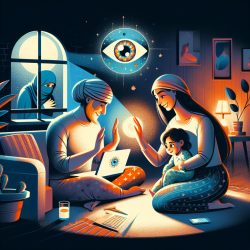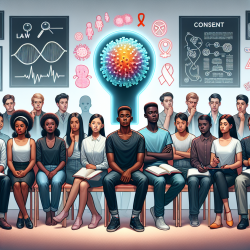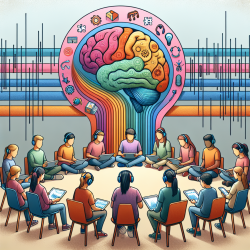Key findings from the research indicate significant racial/ethnic disparities in mental health problems and prior treatment receipt among college students. Notably, students of color exhibited higher levels of depression, anxiety, and suicidality compared to their non-Hispanic white (NHW) counterparts. Despite these elevated needs, students of color were less likely to have received prior mental health treatment.
However, the study also found that when offered online screening and treatment through the UCLA Depression Grand Challenge (DGC) STAND program, students of color were just as likely as NHW students to enroll and initiate treatment. This suggests that digital mental health tools can be an effective avenue for reaching underserved students.
To leverage these findings, practitioners can implement the following strategies:
- Adopt Digital Mental Health Tools: Utilize online screening and intervention programs to reach a broader, more diverse student population.
- Personalized Feedback: Provide students with personalized feedback on their mental health symptoms to enhance engagement and reduce stigma.
- Streamlined Processes: Ensure that the process for enrolling in and initiating online therapy is user-friendly to minimize barriers to engagement.
- Ongoing Outreach: Maintain consistent communication with students to encourage enrollment and participation in mental health programs.
Additionally, practitioners should consider conducting further research to explore the specific barriers that students of color face in accessing mental health services and how digital tools can be optimized to address these challenges.
By integrating these data-driven strategies, practitioners can contribute to reducing racial/ethnic disparities in mental health care and fostering better outcomes for all students.
To read the original research paper, please follow this link: Enhancing Racial/Ethnic Equity in College Student Mental Health Through Innovative Screening and Treatment.










